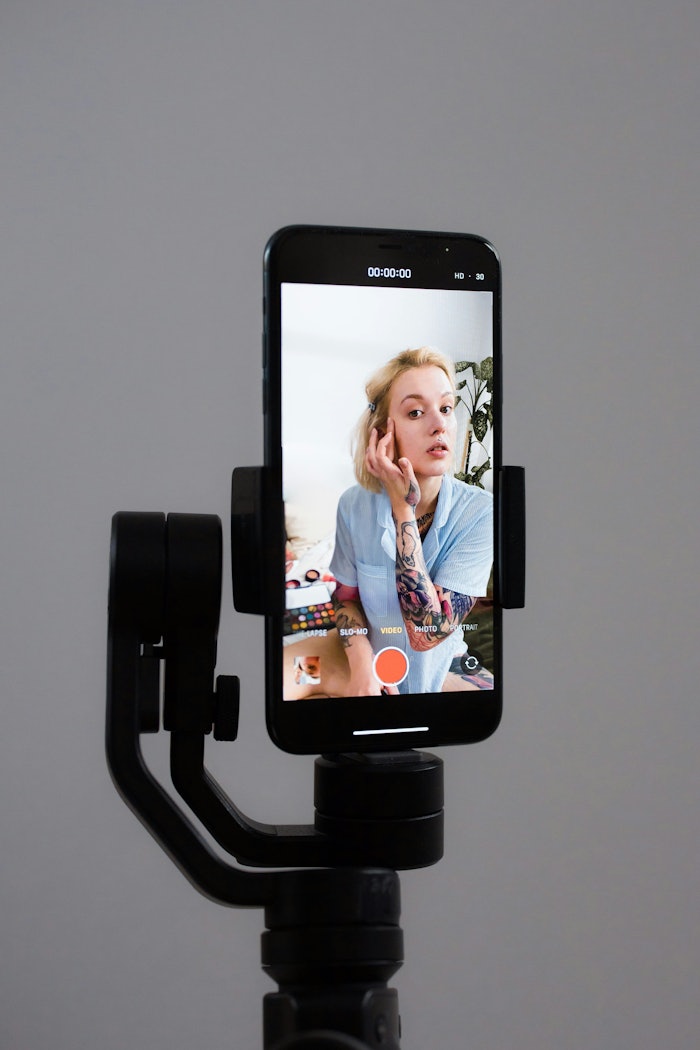
In 2025, regulatory uncertainty notwithstanding, Amazon and TikTok Shop are poised to profoundly change beauty sales channels. This comes amid a slowdown of U.S. beauty growth since the 2021 peak, totaling 6.2% in 2024, per NielsenIQ data. Yet, while in-store sales growth was just 2.8% last year (comprising 57% of all sales), online sales jumped 11.1% (comprising 43% of all sales), portending advantages to digital-first channels.
Generational Impacts
NielsenIQ data shows that Gen Z is prone to shopping at Sephora, Ulta, Target and TikTok, but not at department stores, while millennials tend toward Sephora, Target and Amazon.
Gen X doesn’t tend to shop at Target, but enjoys department, dollar and drug stores, as well as Walmart. Finally, boomers tend to eschew Sephora and Target in favor of department, dollar and grocery stores, as well as Amazon and Walmart.
Specialty, Drug and Department Stores Lose Market Share
Per Circana data presented at a recent CEW industry briefing*, beauty specialty stores and department stores are losing market share of prestige beauty to the remaining market, which comprises platforms such as Amazon (led by 3P, versus 1P) and even TikTok Shop.
Within specialty stores, Ulta has been hit by growth at Sephora, including its Kohl’s shop-in-shops, per NielsenIQ data.
The drug store channel is also losing shoppers to mass and online players, notably Amazon. Circana data backs this up, showing that mass retail has slightly outpaced pure-play ecommerce in terms of absorbing these shoppers.
These losses have led to a year-over-year decline in beauty sales in the drug store and department store channels, per Circana.
The TikTok Juggernaut
Though its fate in the United States remains uncertain, TikTok Shop generated the sale of about 370 million beauty items in 2024, per Statista, dwarfing all other categories, including apparel and foods and beverages. Per Circana data, beauty and personal care generated $1.5 billion in TikTok Shop sales, compared to $968 million for women's apparel and $555 million for health products.
The message is clear: beauty is the #1 category on TikTok Shop.
About ¼ of consumers have purchased from TikTok Shop, per Circana data presented at a recent CEW industry briefing*, with results heavily skewed by generation. For instance, 46% of 18-34-year-olds have made a purchase on the platform, while just 7% of those age 55-plus have done so. In the middle, 31% of those aged 35-54 have purchased from TikTok Shop.
What are they buying? According to Circana survey data, the top product purchases across every consumer product category are beauty-centric, including body care, makeup, hair care and styling products, facial skin care, fragrance and home scents.
According to Iced Media data, Tarte is the top-performing TikTok Shop brand. But it’s not alone in its success. Per Iced Media data, 18% of brands on TikTokShop have sold more than 10K units sold on the platform.
What works on the platform? According to Iced Media, creator-led content rules on social media, particularly TikTok and YouTube. This makes affiliate content important for beauty brand marketers, particularly because creator content outperforms brand content 5:1 in paid programs.
Insider tips are also a good strategy. Mintel points to influencers pulling back the curtain on beauty (a la the Lipstick Lesbians), as well as consumers repurposing products such as using self tanners like bronzers, creating practical beauty hacks that offer minimal effort and maximum value.
Yet there are dangers, with beauty misinformation spreading on TikTok, including “SPF contouring” or children adopting mature (and harsh) skin care routines.
With the uncertainty around TikTok’s fate and a rising beauty brand appetite for social selling, other platforms are ramping up. Notably, YouTube and Amazon have the most robust offering for social selling compared even to TikTok.
Amazon: Opportunities & Dangers
Amazon has an advantage because it is tipped to become the top beauty retailer in the United States in 2025. It also has paid ads on its platform, driving further revenue for the giant. Furthermore, Amazon has double the creator stable of TikTok, per Iced Media data.
Some quick facts:
- Amazon has gained 7.3 points of market share since 2021, according to NielsenIQ, compared to declines in DTC, drug stores and mass retailers, and tiny fractional gains at grocery and department stores.
- Amazon tends toward mass/masstige, rather than prestige, per NielsenIQ.
- Notably 12% of Amazon's beauty orders comprise subscriptions.
According to NielsenIQ data, 64.1% of Amazon’s growth is driven by retained buyers buying more, while 30.9% are shoppers migrating from other platforms (beauty specialty shoppers are migrating 2x more than mass). New buyers drive just 5% of growth.
In addition, beauty is a top 10 category for Amazon, led by skin care, per Circana. At the same time, Amazon's dollar rank within prestige beauty has exploded as it's added many global brands to its assortment. Many find they can gain market share by being on the platform.
Amazon is also driving dupe culture. Per Circana, many of of these dupes come from well-known brands, rather than no-names. One big winner has been MCo Beauty, which thrives on dupe concepts.
Selling on Amazon can sometimes turn around a struggling brand. Cicrana’s Larissa Jensen has cited a case of an unnamed brand joining the platform and, in just four months, reversing a 24-month decline in market share.
But brands have to think differently on the platform. NielsenIQ data reveals that 90% of Amazon searches are unbranded, highlighting a significant trend in consumer behavior. Certain categories, such as deodorants, shampoos, conditioners and hair color, are more likely to include brand-specific searches. In contrast, categories like cosmetics, nail care, and sun care tend to see fewer brand-focused queries.
This makes ingredients and claims king.
Alternate Platforms & Strategies
While Amazon is massive, don’t count out other platforms. For instance, per Iced Media analysis, Reddit is a highly trusted patform for products, so it's a good space for marketing.
Pinterest, meanwhile, allows 20K keywords per ad set, so search-centric brands can take advantage.
Flip, a live shopping platform, does offer opportunities for brands; however, as with TikTok, U.S. consumers are slower to take up live selling, instead favoring videos in their shopping behaviors.
Whatever platform brands use, Iced Media has suggested that brands create FOMO via exclusive drops and bundles, which can create prelaunch buzz before debuting on brand sites or elsewhere.
Putting Insights Into Action
- Embrace Social Selling: Platforms like TikTok Shop, YouTube, and Amazon are reshaping beauty sales. Brands should prioritize creator-led content, influencer partnerships, and affiliate programs to tap into these high-performing channels.
- Leverage Amazon’s Scale: With its growing dominance in beauty, Amazon offers significant opportunities for brands, especially with unbranded search trends highlighting the importance of ingredients and claims. Tailor strategies to align with consumer behavior on the platform.
- Target Generational Preferences: Gen Z prefers shopping at TikTok, Sephora, and Ulta, while millennials lean toward Amazon and Target. Understanding each generation's shopping habits can help brands better position their products and marketing efforts.
- Adapt to New Platforms: Explore platforms like Pinterest, Reddit, and Flip for niche opportunities. Use features like Pinterest’s extensive keyword targeting or Reddit’s trusted reputation to build credibility and connect with consumers.
- Create FOMO and Exclusivity: Exclusive product drops, bundles, and prelaunch buzz can drive consumer excitement and boost sales. Use these tactics to build anticipation and loyalty before wider distribution.
*This report is based on insights derived from CEW’s State of the Industry: Global Trend Report 2025 (among other sources), which covered key industry trends for 2025 with insights from top experts:
- Sarah Jindal (Mintel): 3 key consumer trends for 2025.
- Leslie Ann Hall (Iced Media): Strategies for future-proofing social shopping success.
- Tara James Taylor (NielsenIQ): Must-know global trends.
- Joëlle Grünberg (McKinsey & Company): Luxury and retail growth insights and their impact on beauty.
- Yarden Horwitz & Sam Mintz (Google & Spate): Gen Z's influence on beauty trends.
- Larissa Jensen (Circana): Year-in-review report on beauty industry performance.
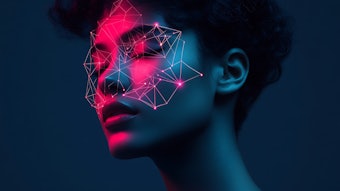
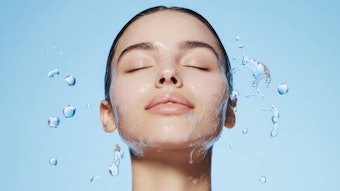
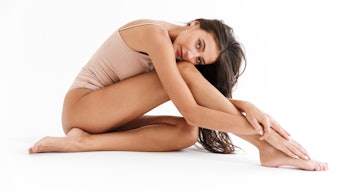


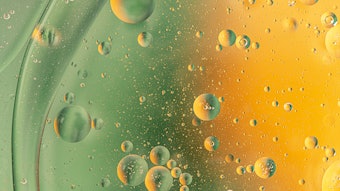
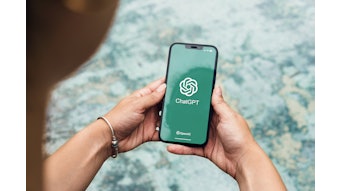
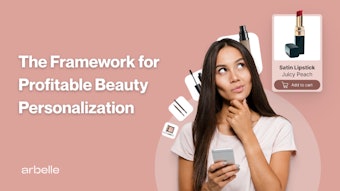
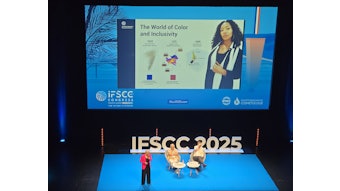
!['[W]e can predict better ingredients, faster, with our best-in-class models that we have invested in over several years,' says Joshua Britton, Ph.D., founder and CEO of Debut.](https://img.gcimagazine.com/mindful/allured/workspaces/default/uploads/2025/08/debut-biotechnology.c4slA2p7t3.jpg?auto=format%2Ccompress&fit=crop&h=191&q=70&w=340)
